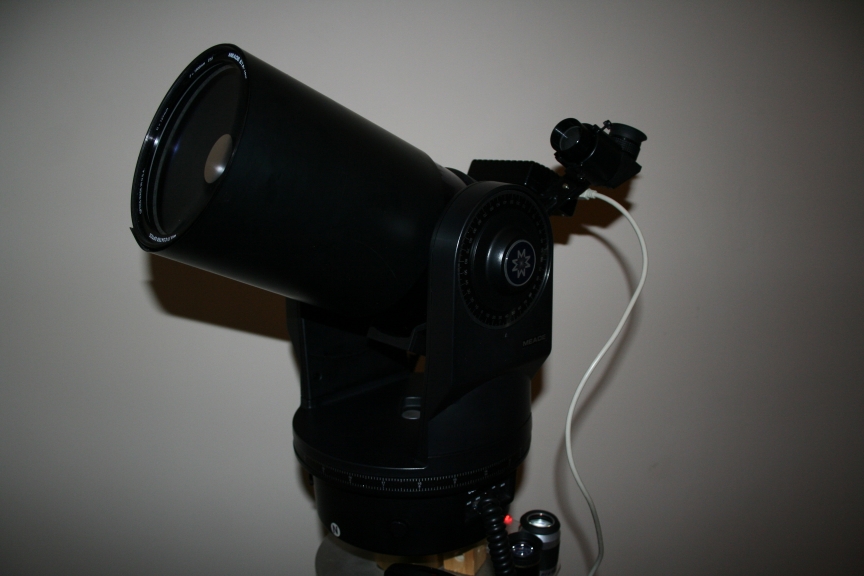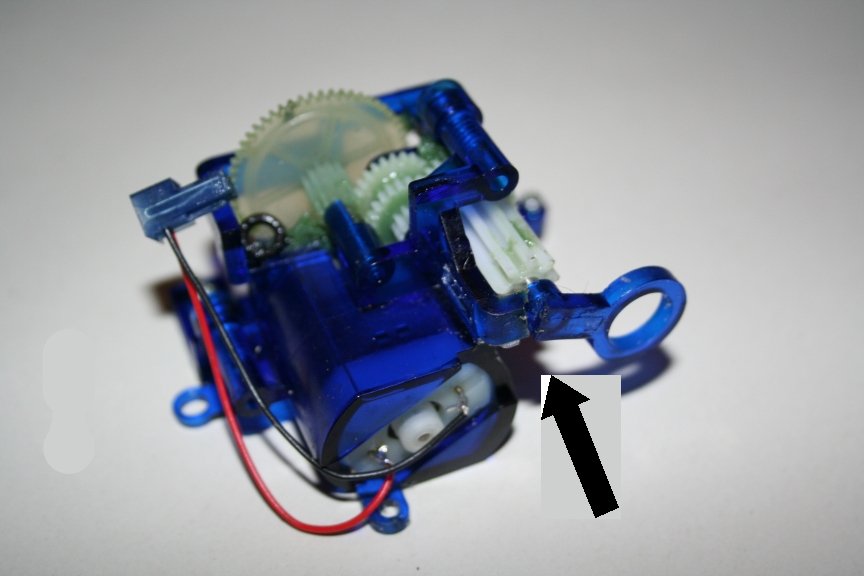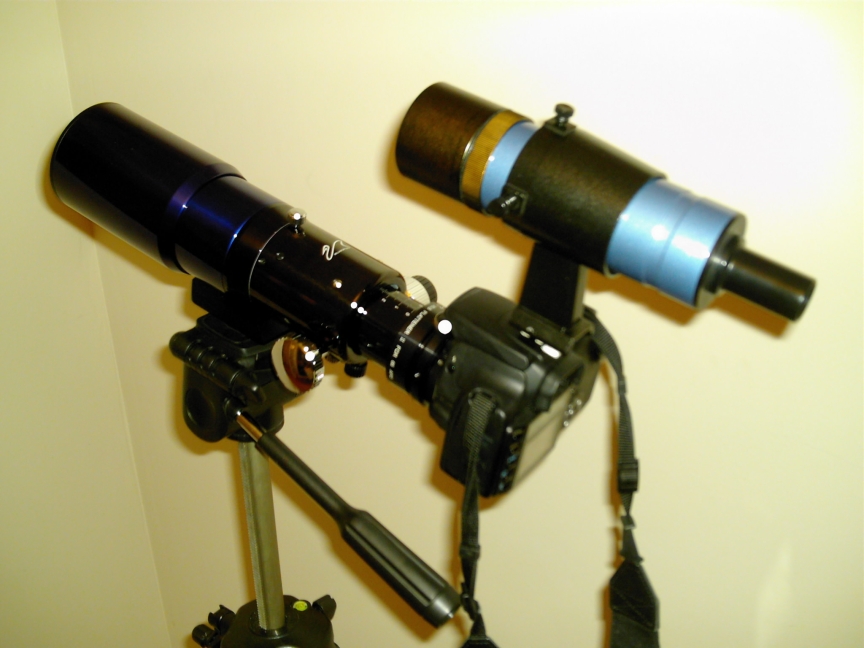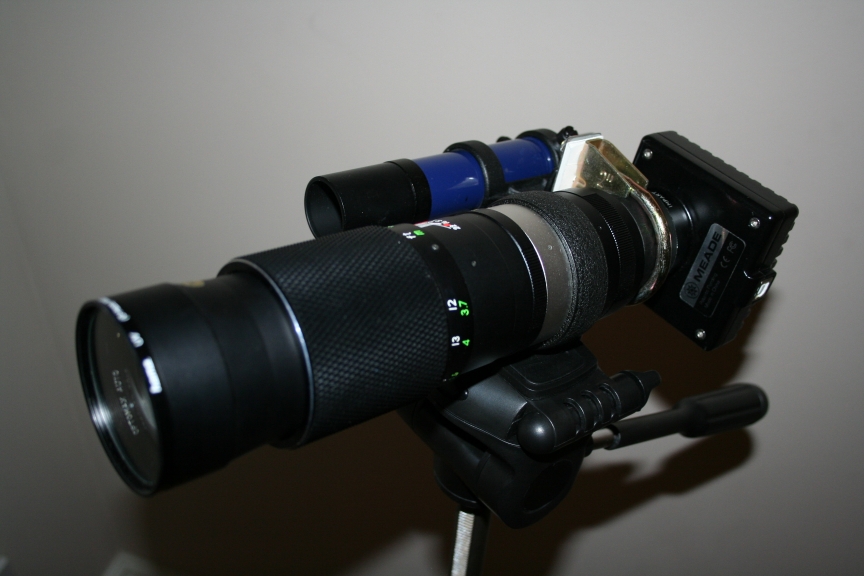My main telescope is a Meade ETX125EC that I bought second hand with a case, electric focuser and a Voyager Field tripod with an adapter plate for the ETX. The scope is shown here carrying with the Meade DSI and my custom extension bracket fitted to the finder scope.

First time out with the scope, it took me some time to learn how to align the scope but once I did, the guided tour took me to the Ring Nebular and I was able to resolve it as a ring. It was a great start but I soon concluded that optically it is a nice scope but the mechanics and construction present some challenges.
The first problem I faced was that the clutch on the declination drive was slipping. It's a friction clutch and you should only just meet resistance before it holds. Before I bought the scope I searched the web for images taken with the 125 and found Mike Weasner's Mighty ETX site. This is one of the most useful sites I have ever found and under the technical tips pages I found all the information I needed to strip the scope down and repair it. First I had to procure a complete set of imperial hex keys in order to take it apart. Hex keys with "ball ends" are best because the keys can be inserted at an angle.
Once, inside the ETX I discovered a number of problems....









 Visitors since 17th Nov 2007
Visitors since 17th Nov 2007